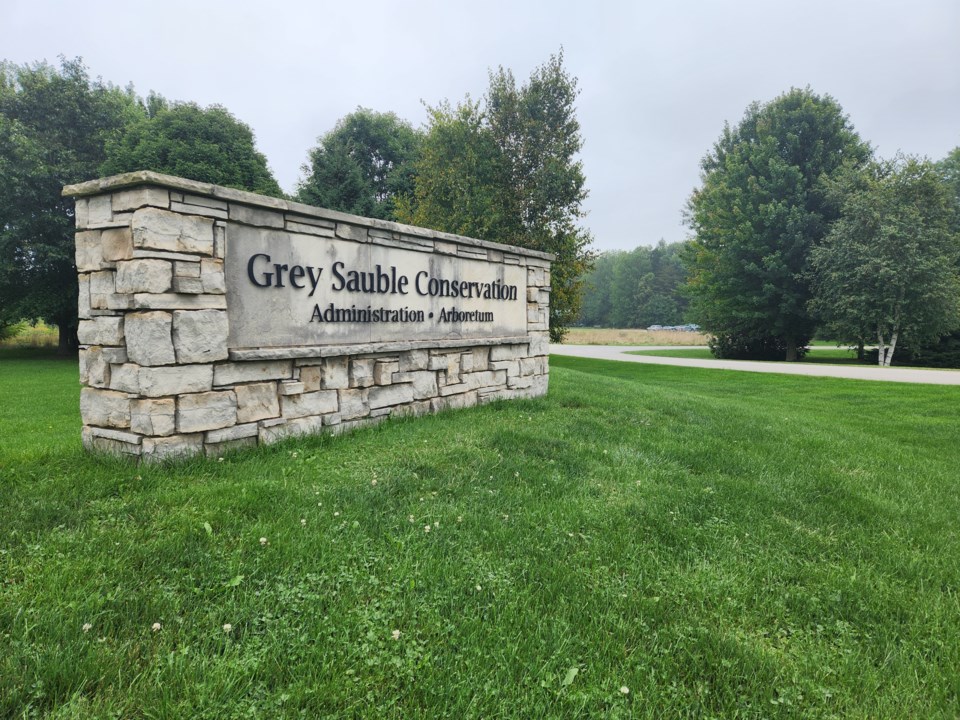Grey Sauble Conservation Authority is seeking public input on two important draft strategies: the Conservation Area Strategy and the Watershed Based Resource Management Strategy.
These drafts are now available for comment until Nov. 8, 2024. As required by the Conservation Authorities Act and provincial regulations, all conservation authorities across Ontario must develop and implement these strategies by Dec. 31, 2024. On Oct. 23, 2024, the authority’s board of directors approved the circulation of these drafts for public consultation.
Conservation Area Strategy Overview:
The Conservation Area Strategy encouraged Grey Sauble Conservation Authority to take a big picture look at how land management tools work together across all authority properties. This strategy focuses on:
- Defining objectives for managing authority lands, following the example set by the Inglis Falls and Eugenia Falls Conservation Area Management Plans.
- Applying Risk Management Guideline land classifications (Land Use Types) to each property to best achieve the objectives for land management, aligning with necessary inspections to meet the needs of the conservation authority.
- Highlighting GSCA’s role as the owner of the most publicly accessible land in the Grey Sauble Watershed, connecting natural heritage areas and linking with other public lands and trails.
- Establishing a process for regular monitoring of the Strategy, with a full review within a year of any new Strategic Plan.
Watershed Based Resource Management Strategy Overview:
The Watershed Based Resource Management Strategy provides a comprehensive summary of Grey Sauble Conservation Authority programs, technical studies, and supporting information for program delivery. Key features include:
- Identifying risks which may limit effective delivery of programs and services and providing potential solutions to address these risks.
- Outlining a plan for regular reviews and stakeholder engagement to ensure the strategy remains effective and responsive to community needs.
Both strategies are integral to conservation authority's mission to preserve natural areas and responsibly manage resources across the watershed.
Those who are interested can learn more about these strategies and share their feedback by Nov. 8, 2024 at the website here.



